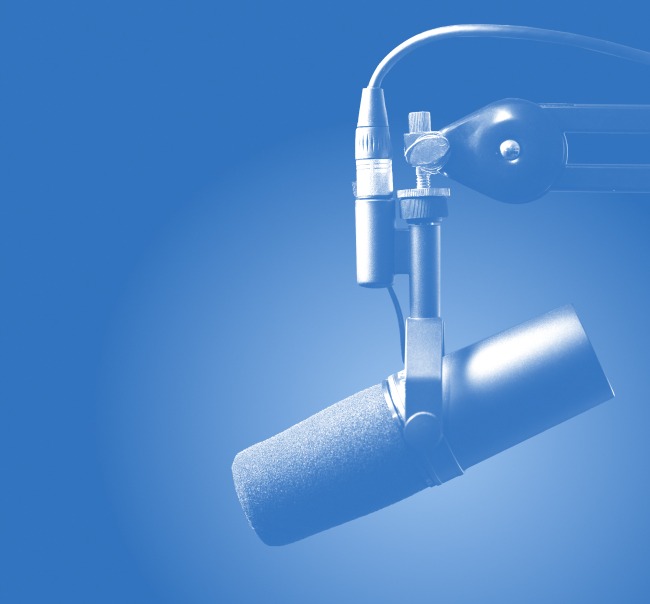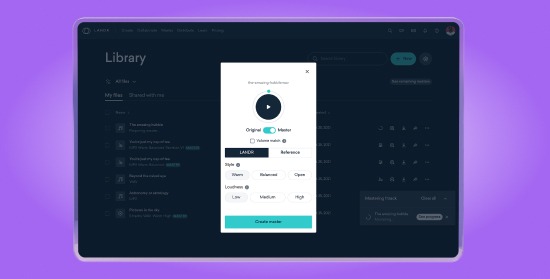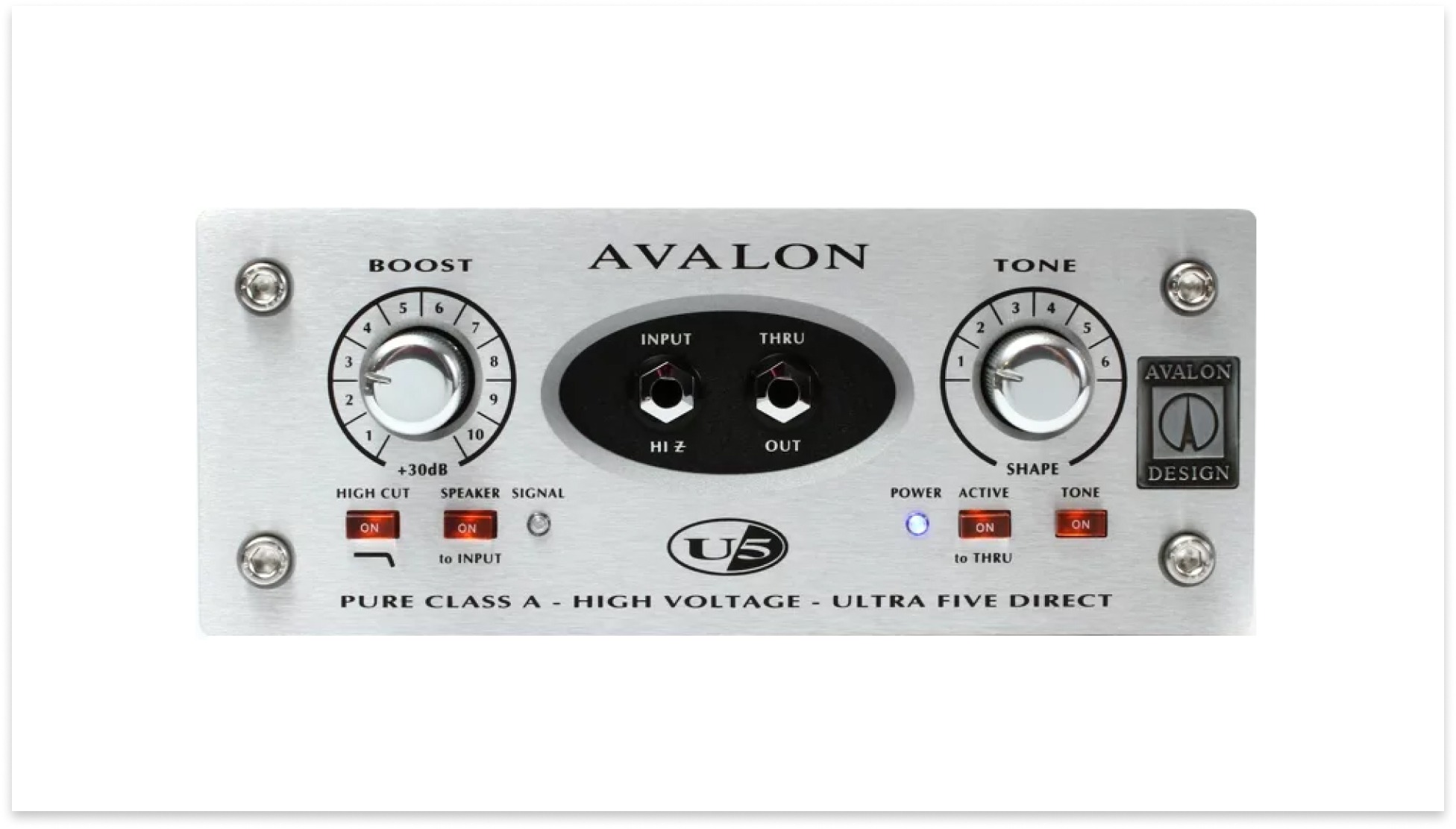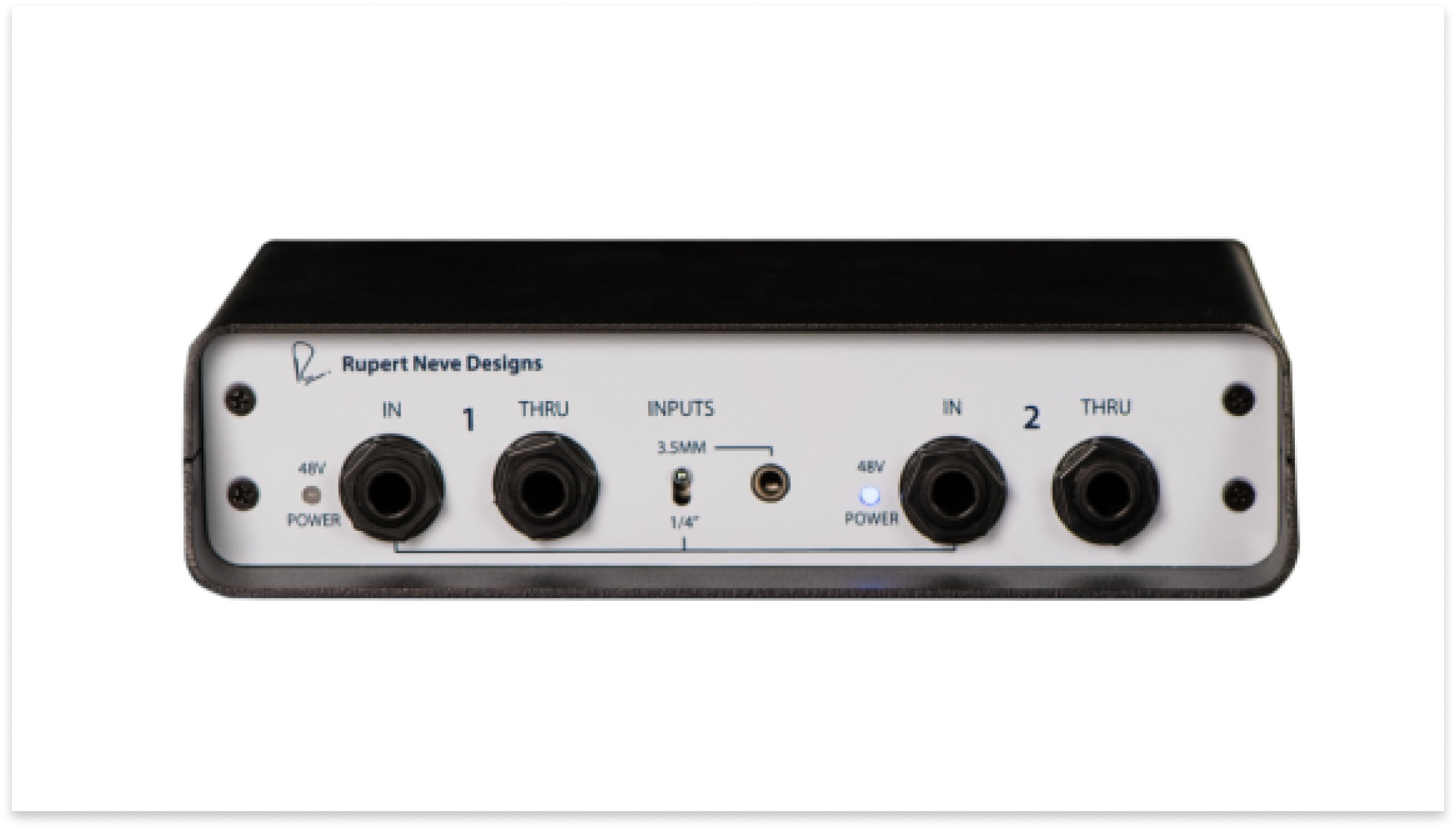
DI Bass: The Producer’s Guide to Recording Bass Guitar at Home

DI bass is one of the most popular ways to capture bass guitar in the studio.
It’s been used on thousands of albums in every genre you can think of.
But if you’re new to music production you might not see why this recording method is so popular.
So what exactly is DI bass? And why is it such a common technique?
In this article I’ll break down everything you need to know and show how to get great DI bass tracks in your own productions
Let’s get started.
What is DI bass?
DI bass is a method of recording bass guitar by connecting it directly to a mixing console, microphone preamp or audio interface.
DI stands for direct injection. It refers to the method of using a DI box to send an instrument level signal to music gear that’s designed to amplify the weaker signal generated by a microphone.
The DI box manages the electrical qualities of the signal so that it works properly with the mic preamp.
This type of equipment is typically found on mixers, audio interfaces or outboard gear.
DI bass recording results in a clean and punchy signal with enough attack and definition to hold its own in the mix.
Why is DI bass so common?
Bass guitar is an essential element in many genres of music.
To provide a solid foundation for the song, the bass sound must be clear and powerful with a full low end.
To provide a solid foundation for the song, the bass sound must be clear and powerful with a full low end.
When recording through an amplifier, a bass guitar signal often becomes more compressed and saturated. Not only that, the amp and speaker naturally reduce some energy in lowest frequencies in the signal.
This can be a desirable character effect, but sometimes lacks the punch and clarity to support the rest of the mix.
DI bass is the clearest and most transparent version of the bass signal you can get.
Engineers often combine DI bass with a traditional mic’d amplifier. That way they can blend the two signals in the mix to get the best of both worlds.
By varying the blend of DI and amp signal in your DAW you can get the perfect balance of punch, attack, color and saturation.
How to record DI bass
Luckily for today’s producers, recording DI bass is among the simplest techniques to work with in a home studio.
Luckily for today’s producers, recording DI bass is among the simplest techniques to work with in a home studio.
All you’ll need is a DI box to plug your instrument into your audio interface.
If you’re looking for a great DI to get for your home studio, check out our roundup of the 10 best DI boxes for recording.
Simply connect your bass to the DI box’s input with a ¼” instrument cable. Then patch the XLR output to your audio interface’s mic preamp—that’s it!
If you’re new to recording bass with a DI, here are my best quick tips:
- Use an active DI if your bass has passive pickups, use a passive DI for basses with active electronics.
- Run a buffer (or buffered effects pedal in bypass) first in the chain if you plan to connect the DI box’s thru output to an amp.
- Try inverting the preamp’s polarity if combining the DI and amp signals sounds thin or choked. The two signals could be out of phase.
- Try an amp simulator plugin if you don’t have a real amp in your studio. Guitar VSTs often allow you to blend in unaffected signal similar to mixing DI and mic signals with your mixer.
You may be wondering why I recommended using a DI box instead of your audio interface’s hi-Z ¼” input.
These inputs will work in a pinch and may sound fine, so don’t hesitate to use them if you can’t afford a dedicated DI box.
That said, the hi-Z inputs on most entry-level interfaces don’t include the transformer-based circuitry that works best for DI applications.
An external DI box manages the signal qualities properly, provides electrical isolation from noise and introduces some desirable color to your recordings.
Best DI boxes for bass
While a good general purpose DI is essential for any home studio, there are some devices that are especially well suited for bass guitar.
But before I kick off this list, it’s worth noting that a basic DI will get the job done just as well as many of the premium options.
If you’re looking for a general purpose DI buyer’s guide with options for all budgets, check out our roundup here.
However, if you want the best possible bass tone, there are some known favorites among engineers.
A basic DI will get the job done just as well as many of the premium options.
Here are a few top picks for bass DIs.
A-Designs REDDI
The A-Designs REDDI is a tube-driven DI box based on the transformer section of a beloved vintage Ampeg amp.
It brings a pleasing color to your DI signal that pops out of the mix even without additional processing.
Avalon U5
The Avalon U5 has been a premium DI favorite for many years.
With a 6-position rotary dial for different tonal options, the U5 includes a gain boost that can give it enough power to connect directly to line-level inputs.
Rupert Neve Designs RNDI
Finally, my top pick for an all-around recording DI is the Rupert Neve Designs RNDI.
With a custom transformer spec’d out by the late Mr. Neve himself, its high-headroom, active design delivers maximum performance.
If you’re looking for a studio-quality DI for bass and beyond, you can’t go wrong with the RNDI.
DI dimension
DI bass is an essential technique in any producer’s toolkit.
It should be your first stop if you’re looking to lay down your own basslines in the studio.
It’s not often that an industry standard technique is so easy and accessible. So go out there and give it a try!
If you’ve made it through this article you’ll have a great start for recording DI bass.
Gear guides, tips, tutorials, inspiration and more—delivered weekly.
Keep up with the LANDR Blog.








